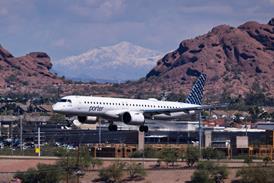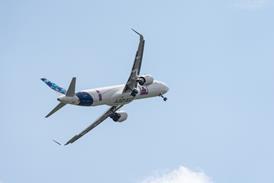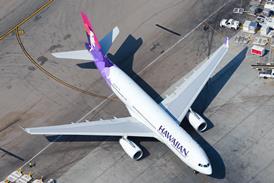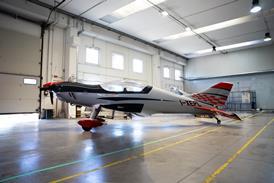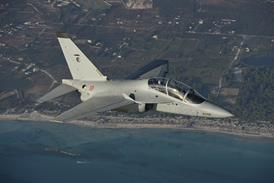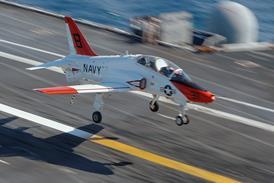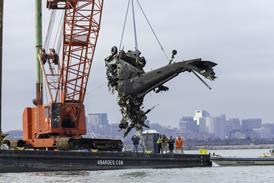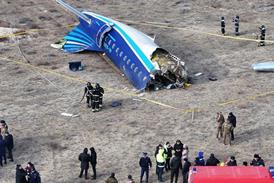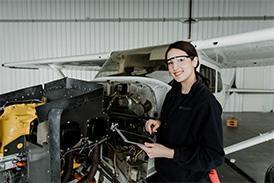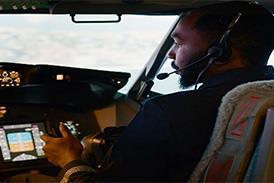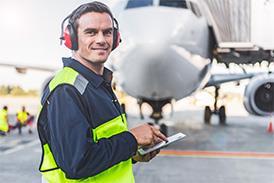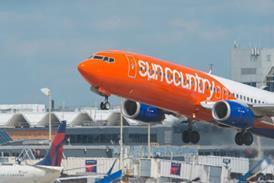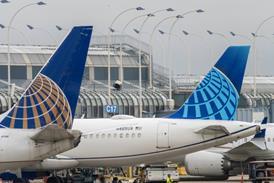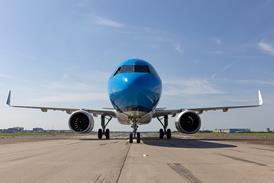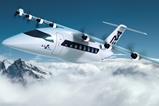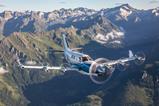Airbus Helicopters has hit back at suggestions that its twin-engined UH-72A Lakota is too sophisticated and too expensive to deliver training for the US Army, arguing that there are more cost-effective means to improve outcomes than fleet replacement.
Since 2020, the service has exclusively used a fleet of around 220 UH-72A Lakotas at Fort Novosel in Alabama for pilot training, replacing the single-engined Bell TH-67 Creek in the role.
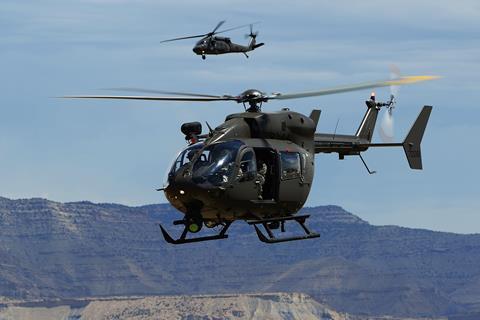
But last year the army issued a Request for Information (RFI) to industry seeking ways to reduce costs and increase efficiency in training new rotary-wing pilots under an initiative it calls Flight School Next.
In part, the move has been driven by a recent spike in serious or fatal accidents involving its frontline fleet, notably of the Boeing AH-64 Apache.
Many of these incidents were due to a Loss of Tail Rotor Effectiveness (LTE), with the US Army believing that training deficiencies left pilots unable or unclear how to respond.
“One of the trends we found in numerous accidents involving loss of tail rotor effectiveness and authority was that our pilots had never at any point applied full left pedal to counter the anti-torque challenges,” an official speaking under the Chatham House rule told Defence IQ’s International Military Helicopter conference in February.
Instead, crews were overly reliant on the “complexity of the systems, because the aircraft routinely [recover] for you”, they said.
But Airbus Helicopters argues that it is the army’s training syllabus – the Program of Instruction (POI) – that is at fault, rather than the UH-72.
Joel Magsig, senior business development manager at Airbus US Space & Defense, notes that LTE and power management training were removed from the Initial Entry Rotary Wing (IERW) POI shortly after the Lakota assumed the training role.
While the Lakota is not particularly susceptible to entering LTE, unlike the preceding TH-67, given the combination of its design, the power available and its stability augmentation system (SAS), he argues it can be induced through the addition of ballast to the helicopter.
“Instructors can always make the Lakota harder to fly. It seems a better solution then to go back to the training aircraft the Army had in the ‘80s and ‘90s that were extremely susceptible to it.
“The answer is to train harder in a better aircraft that has already been bought and paid for, not to go back to a legacy trainer.”
Additionally, army trainee pilots fly just 2.2h without the SAS engaged, says Magsig, in contrast with other nations where up to 90h are ‘hand flown’ before moving on to supported flights.
”If the Army wants more ‘stick and rudder’ training for their student pilots they must modify the Army-developed IERW POI that only dedicates 2.2 hours with the system disengaged,” says Magsig.
“The UK jumped into the idea of training with dual-engine aircraft from day one, with both feet. They do not engage the SAS during flight until their students have fully mastered the helicopter in the manual mode.”
The SAS is also not a simple on-off system and can be “modulated down”, according to the level of automation required.
But safety is not the army’s sole motivation for revisiting its training provision: cost, too, is seemingly a factor.
Although the twin-engined Lakota is more expensive on the surface to operate than a single-engined alternative, Magsig notes that it has among the lowest operating cost of any helicopter within the US Army’s fleet, and even the wider Department of Defense (DoD) inventory, according to publicly available data.
DoD ‘reimbursable rates’ – how much it costs hourly for another service to use an asset – show the UH-72A at $2,115, a figure beaten only by the US Air Force’s Boeing MH-139s and Bell TH-1H, at $2,045 and $2,057, respectively. Comparatively, a frontline helicopter like the Sikorsky UH-60M Black Hawk comes in at $4,630.
Magsig concedes there are issues with operational support for the UH-72 fleet – raising costs and denting availability rates – but notes that this work is supported by four disparate logistics support, maintenance, training and simulation contracts that could be better aligned.
“Realistically, how much cheaper would a single-engined helicopter be?” he asks. “And is changing worth the risk? There is lower-hanging fruit to target before you look at replacing a fleet that has successfully trained around 9,000 student pilots, without a fatality and today has 75% of its useful life remaining.”
Airbus notes this throughput has been achieved with a fleet that is 30% smaller than that of the single-engined type it replaced yet trains 30% more students and executes 25% more annual flying hours.
Even if pilots carry out their basic training on a single-engined type like the Bell 505 or Robinson R66, Magsig thinks it unlikely that will be adequate preparation for eventual frontline service on a modern twin, requiring a certain number of Lakotas to be retained.
“I don’t see any way they go from a single straight to Apache or FLRAA,” he says.
Multiple other nations – including Canada, Germany, Japan, Spain and the UK – have consolidated their training onto twin-engined types, or are in the process of doing so.


